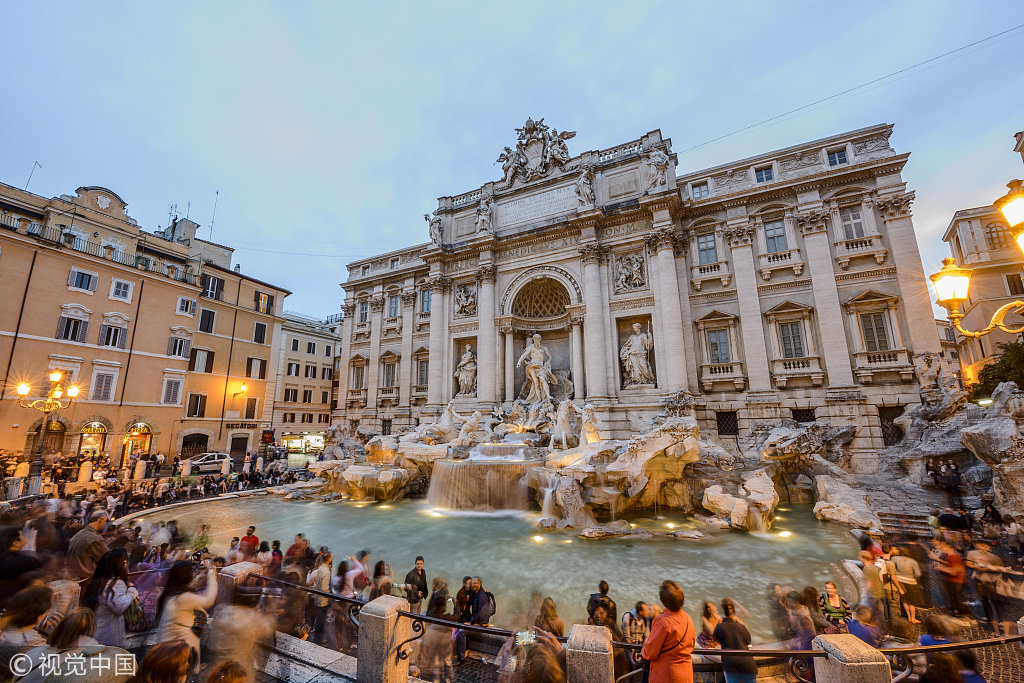
Italy stands ready to embrace the Belt and Road Initiative as the next key growth driver for the country's economy, Italian Finance Minister Giovanni Tria said on Wednesday.
Tria added that China's further reform and opening-up will unleash vast opportunities for cooperation, and emphasized the two countries' shared vision to uphold globalization and underpin their ever-closer relations.
"Italy must be actively involved in the process" of integrating the initiative, Tria said, "not only to realize all the advantages of participating in major infrastructure projects but also, in the longer term, maintaining a strategic position in the trade routes."
"The BRI is a train that Italy must not miss. Italian companies' participation in projects, including those in collaboration with Chinese companies in third-country markets, are particularly important," Tria said on the sidelines of the Boao Forum for Asia's Rome conference, which was attended by 300 political, business and academic leaders across 15 countries. The BRI was a hot topic, with many speakers hailing it as an important stabilizer of globalization.
Italy's keen desire for engagement with the initiative was demonstrated by Italian Deputy Prime Minister Luigi Di Maio's announcement in Beijing in September that Italy wants to be the first of the G7 industrialized countries to sign a memorandum of understanding with China about BRI collaboration.
In August, the Italian government established a China task force to help Italian companies realize BRI opportunities.
For Tria, Italy's vision for engagement is clear and built at three levels: direct infrastructure engagement, geographical connection and growing exports to emerging markets along the BRI trade routes.
First, he encouraged Italian companies in a wide range of sectorsпјҚfrom consulting, design and engineering to logistics, machinery, IT, security, and othersпјҚto actively seek deals on BRI infrastructure projects.
Second, he said Italy should strengthen its ports and efficiency so it can leverage its geographical location between Asia, Europe and Africa to handle more trade flowing between these regions.
Third, Italian companies, particularly in the sectors of agriculture and food, sustainable technology, pharmaceuticals, tourism and design, should consider the growing consumption power of new BRI markets' and the opportunity to boost exports.
As a signal of Italy's enthusiasm about fostering deeper China ties, Tria visited the nation on his first overseas trip outside Europe since taking office this June.
Economic engagement aside, Tria speaks warmly about China as a close observer of its dramatic transformation over the past four decades, a process that started with the launch of reform and opening-up in 1978.
Looking back, he said, it was China's long-term policy vision that played a key role in fueling its economic miracle.
"It is possible for China to set a strategy and implement that strategy," Tria said. "That long-term vision and consistency is crucial."
 Others
Others
-

Like
(0)















I have something to say